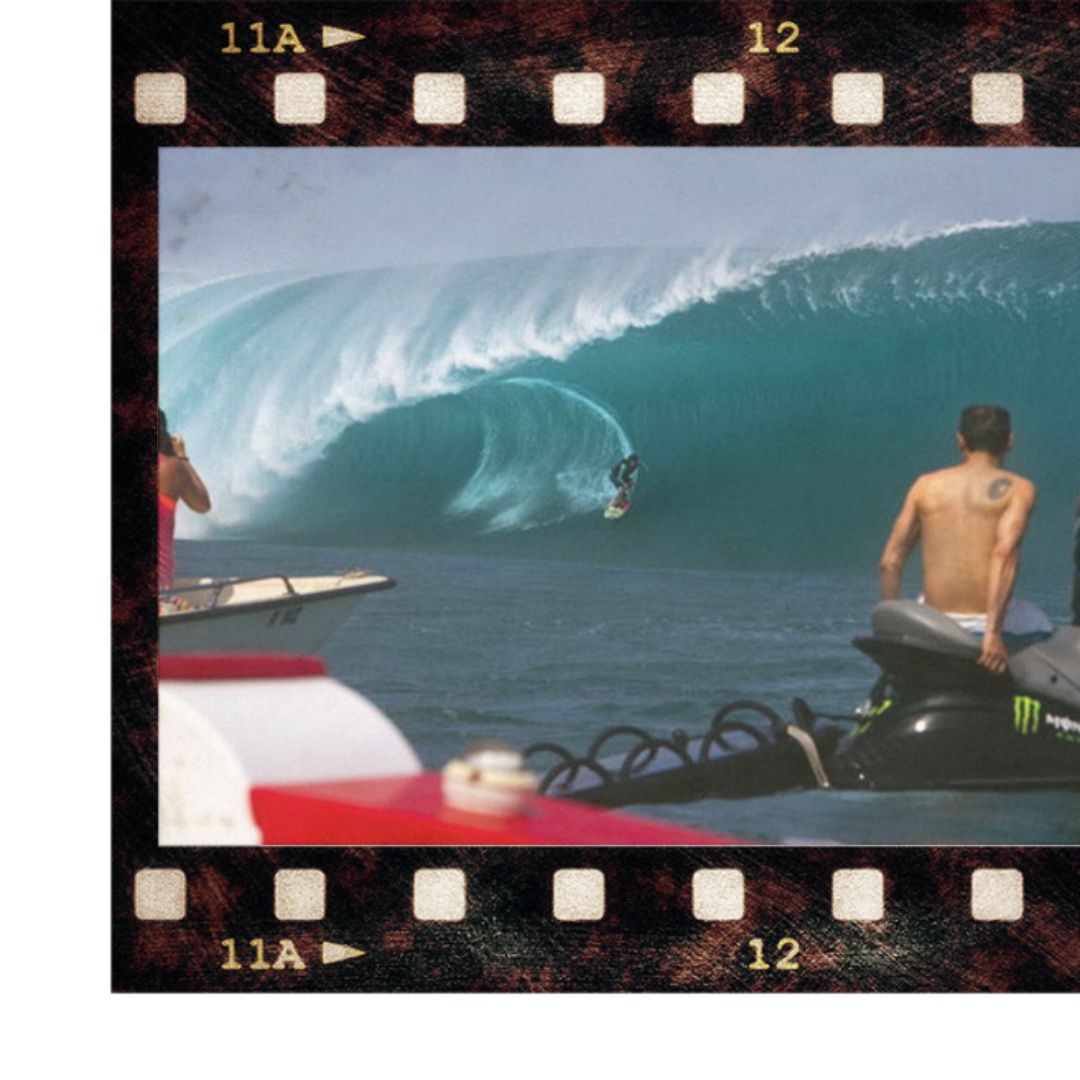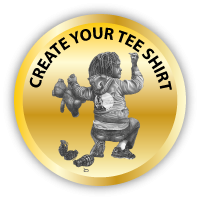AUGUST, 17th 2000
THAT DAY..............................LAIRD HAMILTON waves at Teahupoo, Tahiti, what was, at the time, by far the heaviest wave ever surfed.
Laird Hamilton was born in 1964, in San Francisco, California. He grew up in Hawaii, learning to surf at an early age. Even as a child Hamilton had an adventurous spirit. He jumped off a high cliff into a lagoon when he was only 8 years old.
After dropping out of high school, Laird Hamilton found his way, working as a male model and then got involved in speed sailing. While he avoided surfing competitively, he became well-regarded in the sport for taking on monster waves, some as high as 80 feet tall and for performing ground-breaking stunts, like aerial 360s.
He says that he hated the idea of being judged, and….he couldn’t stand losing. “Well, I’d definitely agree that I’m a terrible loser. And competitions would have been disastrous. I think my nature of competitiveness is such that it’s not meant to be used in sport. It’s meant to be used in survival.”
That philosophy has a lot of similarities with BODHI's one, the character played by Patrick SWAYZE in the movie "POINT BREAK.
In 1992, Hamilton also helped develop the method of using jet skis and other personal watercrafts to allow a surfer to tow in to bigger and faster waves -- waves that he or she could not catch by paddling alone. Later he created foil surfing, which involves adding the keel from a hydrofoil to a surfboard for surfing in the deep ocean.
Laird Hamilton has ridden many of the tallest, heaviest, fastest and longest waves ever conquered by a human being. Even people who are not big fans of the character have to concede that he’s one of the greatest big-wave surfers of all time, if not the greatest. No need to be interesting in surfing, to know Laird Hamilton and his unforgettable footage of hil riding monstruous waves. it's always like a miracle to see him emerge of these ones.
Hamilton made his name with outrageous stunts. In August 2000, on the Teahupo’o break in Tahiti, tows into what as widely regarded as the heaviest wave ever surfed back then. he came down what became known as the “Millennium wave”. It was an outrageously dangerous feat: the wave crashed on to a shallow-water reef; had Hamilton been thrown from his board...It was simply GAME OVER.
“It was to the point where I almost said, ‘Don’t let go of the rope,'” said Darrick Doerner, the man driving the ski. “When I looked back, he was gone.” Everyone watching held their breath for what seemed like an eternity. Impossibly, Laird appeared out of the mist, casually rode off the back, and straight into history. Surfer magazine ran an iconic cover with just the words “oh my god…” on it . That's the first sentence that everybody says when they watch the scene.
And it changed things, to say the least. Sometimes, all it takes is one person to try something, only to prove it’s possible. Laird’s Millennium Wave turned the surfing world on its head; it was a seemingly impossible wave made possible. that pushed the sport to greater heights that its ever been before.
Greg “Da Bull” Noll, a great name of surfing summed it up perfectly. “Man, that shit’s impossible. You don’t do that.”
“That was part of it,” Hamilton told later. It showed both me and others that waves like that can be ridden – and they have been by a lot of people since then. You have to believe in the unbelievable.”
To know more about the subject:
Jenkins, Bruce (Fall 1997). "Laird Hamilton: 20th Century Man". The Surfer's Journal.
Susan Casey (September 14, 2010). The Wave: In Pursuit of the Rogues, Freaks and Giants of the Ocean. Random House
Scott Bass (2009). "Laird Hamilton: A Surfermag.com exclusive interview". Surfer Magazine. Retrieved December 2, 2010.
LAIRD HAMILTON: BIG-WAVE SURFING, TRAINING, AND THE IMPORTANCE OF A MORNING ROUTINE". theclymb.com. Retrieved 2015-05-07.
Point Break (2015)". IMDb. Retrieved December 21, 2015.
Duane, Daniel (July 2004). "Last Man Standing - Surfer Laird Hamilton". Men's Journal. Archived from the original on 2008-07-03. Retrieved 2013-02-09.





